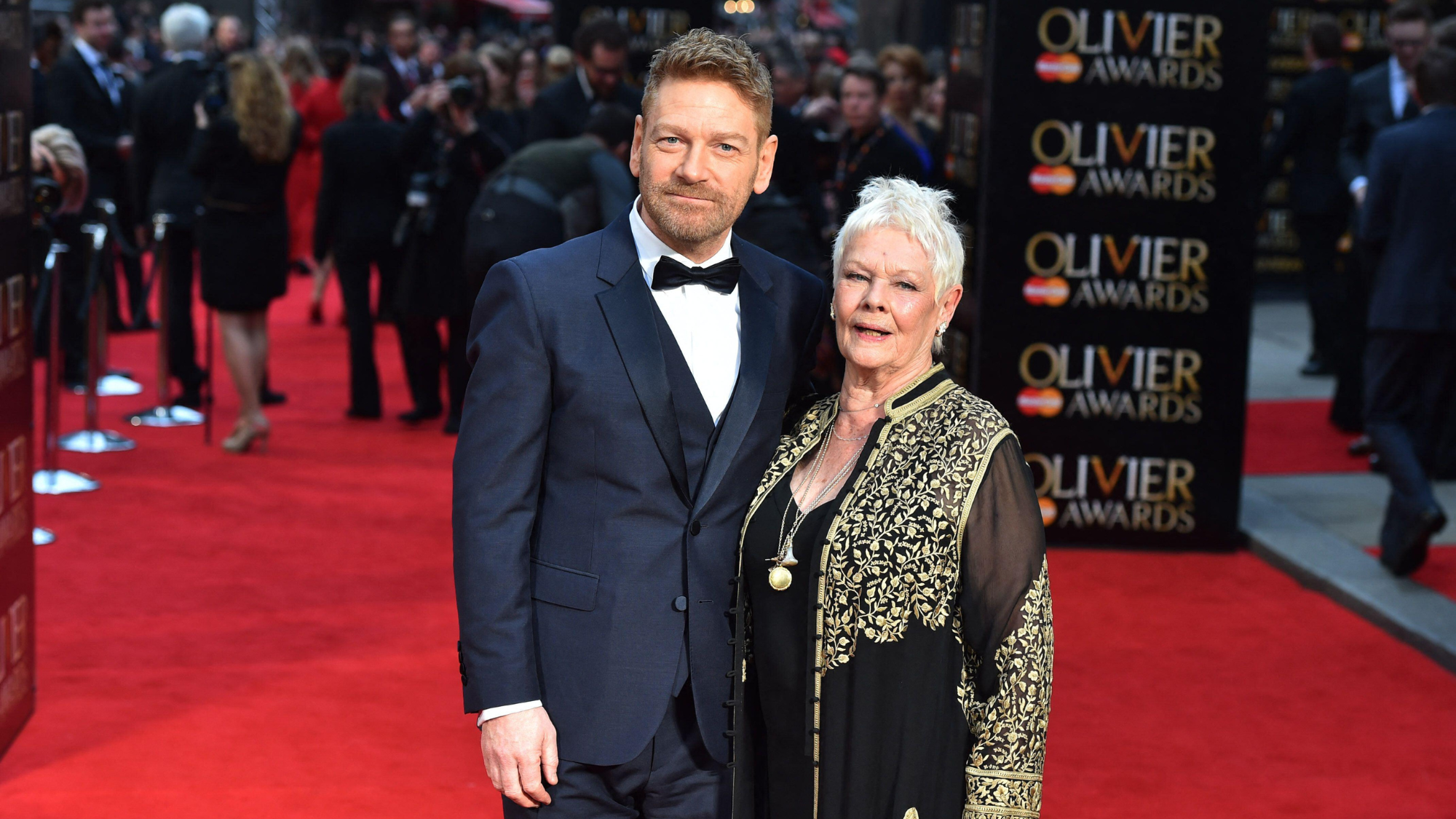Exhibit of the week: Alias Man Ray: The Art of Reinvention
In the 1920s Man Ray—born Emmanuel Radnitzky in Philadelphia, the son of a tailor and a seamstress—moved to Paris and reinvented himself through art.
Jewish Museum, New York
Through March 14
In the 1920s Man Ray became one of the foremost figures in the French avant-garde, said Barbara Hoffman in the New York Post. That’s remarkable, considering that he was both American and Jewish—born Emmanuel Radnitzky in Philadelphia, the son of a tailor and a seamstress. A pioneer of dada art, and then surrealism, Ray strove throughout his life to hide his ethnic background. But a new exhibition at New York’s Jewish Museum finally fully reveals a man who reinvented himself through art and “whose biggest masterpiece may have been himself.”
The Week
Escape your echo chamber. Get the facts behind the news, plus analysis from multiple perspectives.

Sign up for The Week's Free Newsletters
From our morning news briefing to a weekly Good News Newsletter, get the best of The Week delivered directly to your inbox.
From our morning news briefing to a weekly Good News Newsletter, get the best of The Week delivered directly to your inbox.
Following his move to Paris, Ray actually had many “practical reasons to assimilate,” said Karen Rosenberg in The New York Times. Fascism was on the march in Europe, “and Jewish artists were routinely ghettoized” in France. This exhibition suggests that his restless experimentation with different media—paintings, photography, film, sculpture—was driven by a “profound condition of rootlessness.” At the same time, it shows that the artist’s “break with the past wasn’t seamless.” His surreal collages have a patchwork quality reminiscent of the clothing scraps used in his parents’ occupations. “Patterns, mannequins, and wire dress forms” pop up repeatedly in his work—and, it’s interesting to note, he eventually made his living photographing fashion spreads for magazines such as Vogue and Vanity Fair.
Ray came to disdain his own career as a “big-time fashion photographer,” said John Zeaman in the Bergen County, N.J., Record. Toward the end of his life, Ray wanted most of all to be known as a painter. Yet “it’s hard to find a painting in this show that doesn’t look like it’s by someone else.” Rather, it’s his imaginative, innovative photographic portraits that retain the ability to surprise. In both these and his sculptures, he often treated the female form—especially that of his student and lover, Lee Miller—as an inspiration for surrealist subversion. In Le Violon d’Ingres, he painted a woman’s back to look like a violin. For the sculpture Indestructible Object, he cut out an image of Miller’s eye and placed it on a metronome arm, creating a quintessential symbol of obsession. Such works, along with several surreal self-portraits on display, seem to provide the most insight into this stubbornly private man. In Auto Portrait, a bronze cast of Ray’s face stares out from a wooden box “defiantly, as if enduring the indignity of popular opinion.”
A free daily email with the biggest news stories of the day – and the best features from TheWeek.com
-
 Tea with Judi Dench: ‘touching’ show is must-watch Christmas TV
Tea with Judi Dench: ‘touching’ show is must-watch Christmas TVThe Week Recommends The national treasure sits down with Kenneth Branagh at her country home for a heartwarming ‘natter’
-
 Codeword: December 24, 2025
Codeword: December 24, 2025The daily codeword puzzle from The Week
-
 Sudoku hard: December 24, 2025
Sudoku hard: December 24, 2025The daily hard sudoku puzzle from The Week
-
If/Then
feature Tony-winning Idina Menzel “looks and sounds sensational” in a role tailored to her talents.
-
Rocky
feature It’s a wonder that this Rocky ever reaches the top of the steps.
-
Love and Information
feature Leave it to Caryl Churchill to create a play that “so ingeniously mirrors our age of the splintered attention span.”
-
The Bridges of Madison County
feature Jason Robert Brown’s “richly melodic” score is “one of Broadway’s best in the last decade.”
-
Outside Mullingar
feature John Patrick Shanley’s “charmer of a play” isn’t for cynics.
-
The Night Alive
feature Conor McPherson “has a singular gift for making the ordinary glow with an extra dimension.”
-
No Man’s Land
feature The futility of all conversation has been, paradoxically, the subject of “some of the best dialogue ever written.”
-
The Commons of Pensacola
feature Stage and screen actress Amanda Peet's playwriting debut is a “witty and affecting” domestic drama.